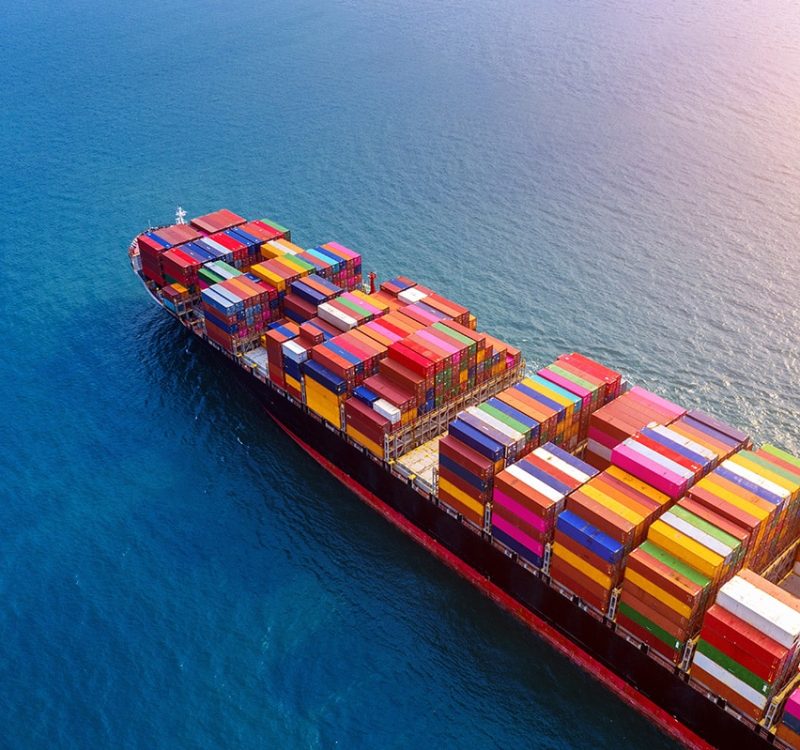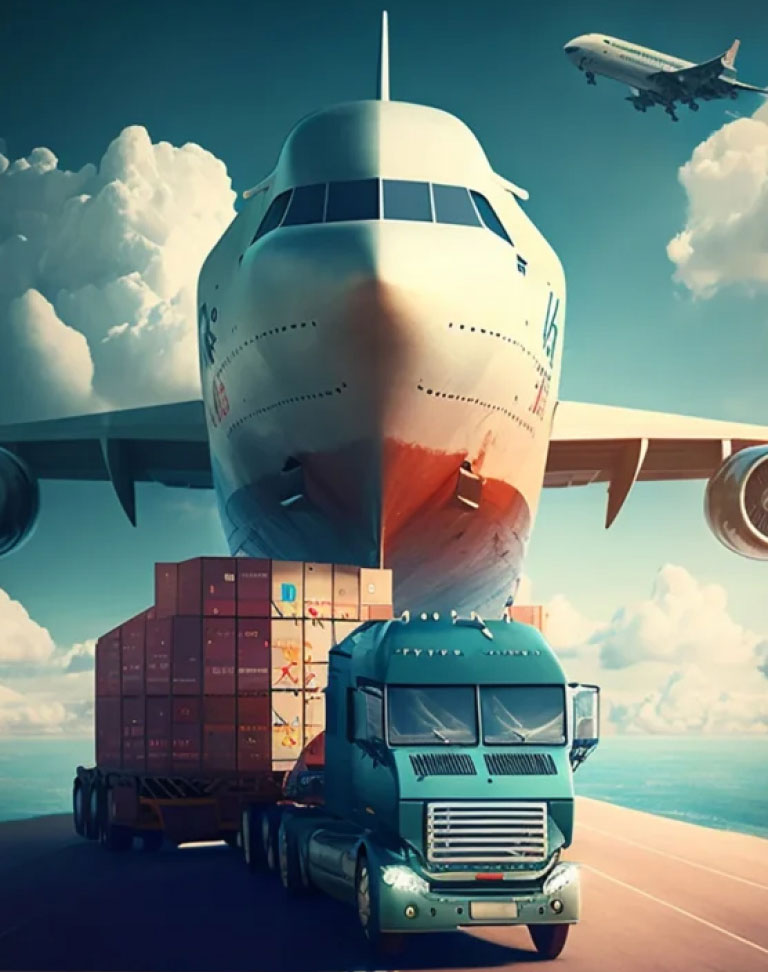


Exporter of Record services operate similarly to IOR services but focus primarily on managing the rules and regulations related to shipments leaving the exportation country. While these services are crucial in global trade, the EOR is often confused with a freight forwarder. This article seeks to clarify the key functions of an EOR and how they differ from other roles in international logistics.
Any individual or company can act as an Exporter of Record. He is responsible for taking care of the paperwork for export clearance. Besides that, the following are the things that any Exporter of Record (EOR) overseas.
Managing Export Clearance: Ensuring all required paperwork is correct and follows the rules for shipping goods internationally.
Ensuring Timely Departure: Ensuring the shipment leaves the country on time by coordinating with customs and port authorities.
Handling Shipment Problems: If there are any delays or issues with the shipment, he is responsible for fixing them and making sure the goods reach their destination.
Dealing with Customs Questions: Answering any questions from customs officials to make sure the shipment is processed smoothly.
Fixing Problems with Shipments: If the shipment is delayed or damaged, he takes care of the situation, including compensating the affected parties if needed.
In case of a botched shipment, the Exporter of Record (EOR) is responsible for paying the remunerations (if any) to the affected party.


There is often confusion between an Exporter of Record and a freight forwarder, but these two roles are distinct, even though they sometimes overlap. While both are crucial in the shipping process, their functions differ:
The EOR is the legal entity responsible for export compliance. They ensure that all paperwork is correct, the shipment complies with export regulations, and the customs clearance is managed. The EOR’s job is to ensure that the goods leave the country without running into regulatory or legal issues.
Freight forwarders handle the logistics of transportation, including organizing shipping routes, coordinating with carriers, and ensuring that the goods are delivered to the right destination. They do not usually manage compliance but are instead responsible for the physical movement of the goods.
Despite the differences, both EORs and freight forwarders can work together to facilitate smooth export operations. In cases where the two roles are separate, it’s the EOR’s responsibility to communicate all necessary export details to the freight forwarder, such as the shipment’s international export code (Schedule B number), commodity details, and other export requirements.
When the roles of EOR and freight forwarder are separate, there are several important tasks that the EOR must complete to ensure smooth coordination with the forwarding agent:
When the roles of EOR and freight forwarder are separate, there are several important tasks that the EOR must complete to ensure smooth coordination with the forwarding agent:
1. IT and Electronics – Importing and exporting computers, servers, and networking equipment.
2. Healthcare – Managing shipments of medical devices, pharmaceuticals, and healthcare equipment.
3. Retail and E-Commerce – Ensuring timely delivery of consumer goods and merchandise.
4. Automotive – Handling parts and vehicles for the automotive industry.
5. Aerospace – Managing complex logistics for aerospace equipment and components.
6. Oil feild equipments and parts
7. Ship spares and suppliers


1. Consultation – Discuss your shipping requirements and destination countries.
2. Documentation – Prepare all required documents for customs clearance. As one of the prominent IOR EOR DDP companies , we assist with paperwork submission.
3. Compliance Check – Ensure goods meet legal and safety standards.
4. Shipping – Arrange secure transportation of your goods. The seller retains responsibility until the package is shipped, transported, and reaches its destination.
5. Customs Clearance – Manage duties, taxes, and regulatory approvals. In the DDP shipping services , we bear VAT costs, so the buyer is not responsible.
6. Delivery – Ensure timely delivery to the final destination. Once delivered, responsibility shifts to the buyer.
